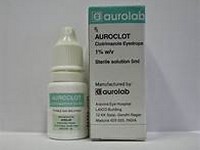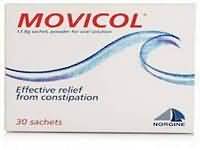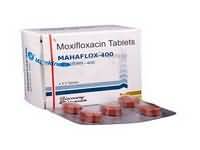Amphotericin

Amphotericin
CLINICAL USE
Antifungal agent:
Systemic fungal infections (yeasts and
yeast-like fungi including Candida
albicans
DOSE IN NORMAL RENAL FUNCTION
5 mg/kg/day for at least 14 days (see
individual product data sheet)
PHARMACOKINETICS
Molecular weight :
924.1
%Protein binding :
90
%Excreted unchanged in urine :
<1
Volume of distribution (L/kg) :
2286
half-life – normal/ESRD (hrs) :
173.4/Unchanged
DOSE IN RENAL IMPAIRMENT
GFR (mL/MIN)
20 to 50 : Dose as in normal renal function
10 to 20 : Dose as in normal renal function
<10 :
Dose as in normal renal function
DOSE IN PATIENTS UNDERGOING RENAL REPLACEMENT THERAPIES
CAPD :
Not dialysed. Dose as in normal renal function
HD :
Not dialysed. Dose as in normal renal function
HDF/high flux :
Unknown dialysability. Dose as in
normal renal function
CAV/VVHD :
Not dialysed. Dose as in normal renal function
IMPORTANT DRUG INTERACTIONS
Potentially hazardous interactions with other drugs
Ciclosporin: increased nephrotoxicity
Tacrolimus: increased nephrotoxicity
Increased risk of nephrotoxicity with
aminoglycosides and other nephrotoxic
agents and cytotoxics
Cardiac glycosides: increased toxicity if
hypokalaemia occurs
Corticosteroids: increased risk of
hypokalaemia (avoid concomitant use
unless corticosteroids are required to
control reactions)
Flucytosine: enhanced toxicity in
combination with amphotericin
ADMINISTRATION
Reconstition
See individual data sheet. Prepare
intermittent infusion in glucose 5%
(incompatible with sodium chloride 0.9%,
electrolytes or other drugs).
Dilute to a concentration of 1–2 mg/mL
Route
IV infusion
Rate of Administration
2.5 mg/kg/hour
Comments
Paracetamol and parenteral pethidine
may alleviate rigors associated with
amphotericin administration. Can also use
antihistamines to control reactions
Flush existing IV line with glucose 5%
before and after infusion administration
For patients on CAV/VVHD, amphotericin
should be given into the venous return of
the dialysis circuit
Should be given post dialysis
OTHER INFORMATION
*** AMPHOTERICIN IS HIGHLY
NEPHROTOXIC ***
Can cause distal tubular acidosis
May cause polyurea, hypovolaemia,
hypokalaemia and acidosis.
Amphotericin and flucytosine act
synergistically when co-administered
enabling lower doses to be used effectively
A test dose of amphotericin is
recommended at the beginning of a new
course (1 mg over 15 minutes)
Monitor renal function, full blood count,
potassium, magnesium and calcium levels
Liposomal amphotericin is considerably
less nephrotoxic compared with
conventional amphotericin B, but is
considerably more expensive
See how to identify renal failure stages according to GFR calculation
See how to diagnose irreversible renal disease
Home









